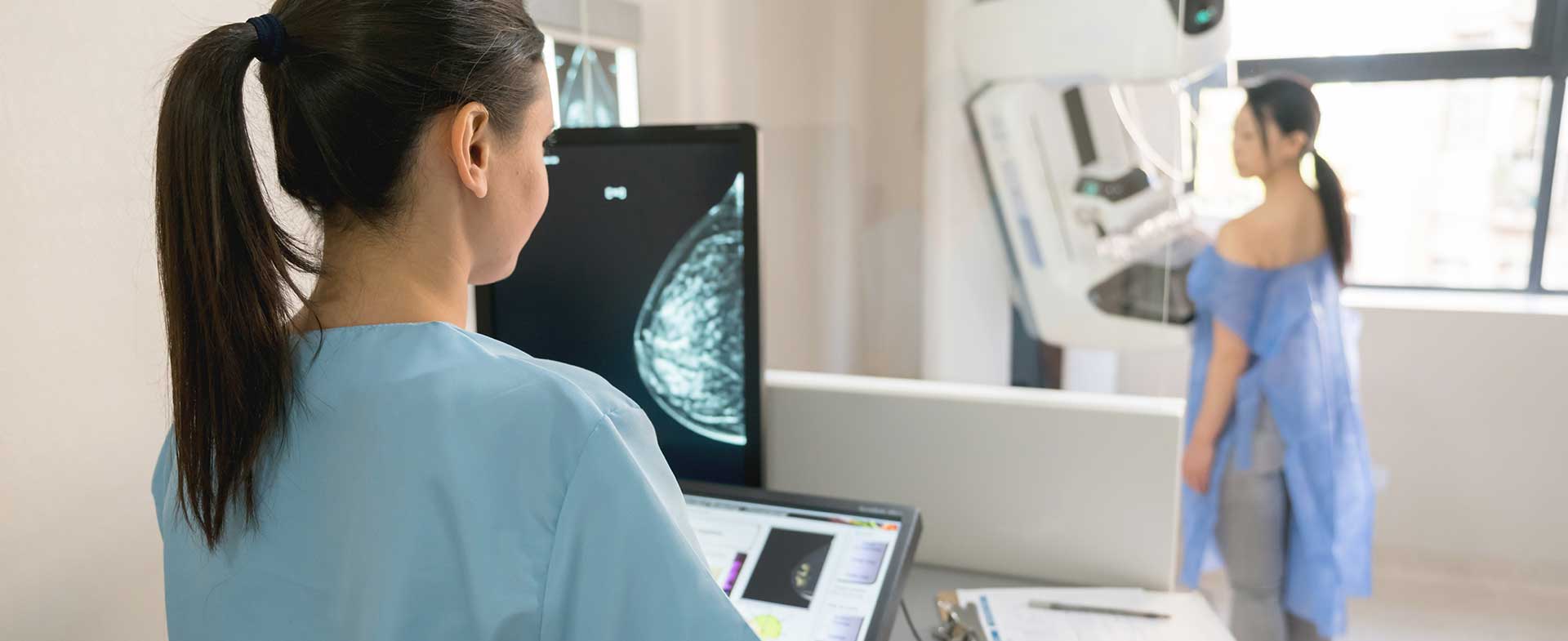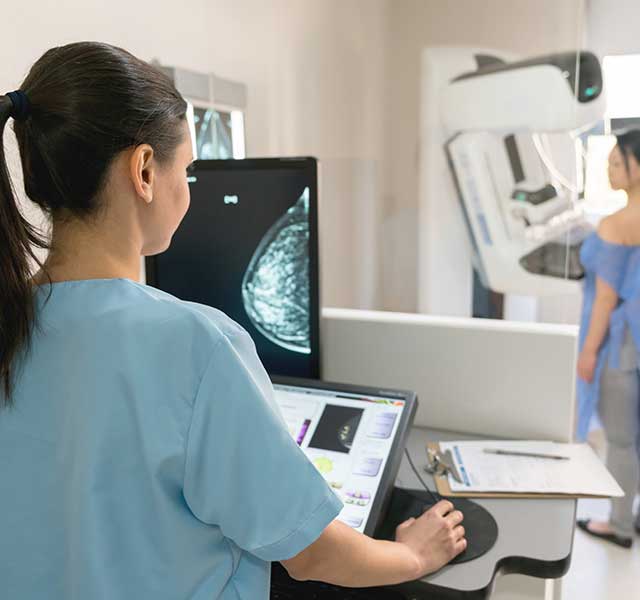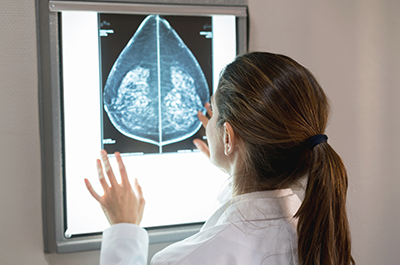The thought of getting a mammogram can be daunting, but knowing why you’re getting a mammogram might help to ease your nerves. First up? Knowing which type of mammogram you’re getting—whether screening or diagnostic—and what to expect.
“Every female should get a yearly screening mammogram starting at age 40, or younger if you are at high risk for breast cancer,” says Sabala Mandava, M.D., a breast imager at Henry Ford Health. “Yearly screenings help to detect breast cancer as early as possible, before symptoms develop and when breast cancer is easiest to treat. It’s a routine part of health maintenance.”
If something suspicious was seen on your screening mammogram, a diagnostic mammogram will be scheduled for further evaluation. You’ll also come in for a diagnostic mammogram if you have certain symptoms, like a lump, nipple discharge or pain in your breast.
What To Expect From A Screening Vs. Diagnostic Mammogram
During a screening mammogram, your mammography technologist will capture two views of each breast. During a diagnostic mammogram, they’ll capture views of the suspicious area of the breast (or breasts, if something was found on both).
You’ll receive your results from a screening mammogram in the mail within 30 days, which is a regulation required by the Food and Drug Administration. “That said, if we find something suspicious on the screening mammogram, your technologist will call as soon as possible to schedule you for a diagnostic mammogram,” says Dr. Mandava.
After your diagnostic mammogram, you’ll receive your results before you leave the clinic and your doctor will let you know whether a biopsy is necessary.
Typical Findings On A Diagnostic Mammogram
If you’re called in for a diagnostic exam, it doesn’t always mean cancer. “Typically, 10—12% of screening exams will require diagnostic mammograms,” says Dr. Mandava. “So let’s say ten screening mammograms out of 100 require a diagnostic mammogram. Out of those ten, six will be completely normal when we do additional testing. Out of the remaining four, two will typically require a biopsy.”
A diagnostic mammogram may find:

- Calcifications, or calcium deposits in breast tissue. They can be due to many causes; some are benign while others can be an early form of breast cancer.
- Focal asymmetry, or a localized area in the breast tissue that looks different from other areas in the breast. It can sometimes spell cancer, so it requires further testing.
- A mass, which may be benign or cancerous. “If we find a mass, the next step is to order a biopsy to confirm a diagnosis,” says Dr. Mandava. “Alternatively, it could be ‘probably benign,’ which means the mass has many benign features that aren’t suspicious enough to require a biopsy, but we’ll bring you back in six months to see if it has changed, as cancers tend to grow and change.”
Reducing False Alarms—And Increasing Cancer Detection On Mammograms
In recent years, 3D mammography has helped to capture clearer images of breasts to reduce false alarms and increase cancer detection, especially for those who have dense breasts. But a new technology called contrast enhanced mammography (CEM), which is currently in clinical trials, may be even more effective.
Here’s how it works: Before you get a mammogram, you'll get injected with IV contrast, which is also used for CT scans. Tumors tend to have a lot of blood vessels so when you give them contrast, those blood vessels light up. This makes it easier to identify areas that could be suspicious—especially for those with dense breasts, as dense breast tissue can camouflage tumors.
“It’s very new, but everyone in the breast cancer world thinks CEM is going to be a game changer,” says Dr. Mandava. “There’s a multi-institutional trial that we’ll be a part of. It’s looking into CEM as an additional screening tool, especially for those who have dense breasts or who are at high risk for breast cancer. So far, the results seem pretty positive.”
Reviewed by Sabala Mandava, M.D., a board-certified radiologist. She is a breast imager and vice chair of radiology at Henry Ford Health.



